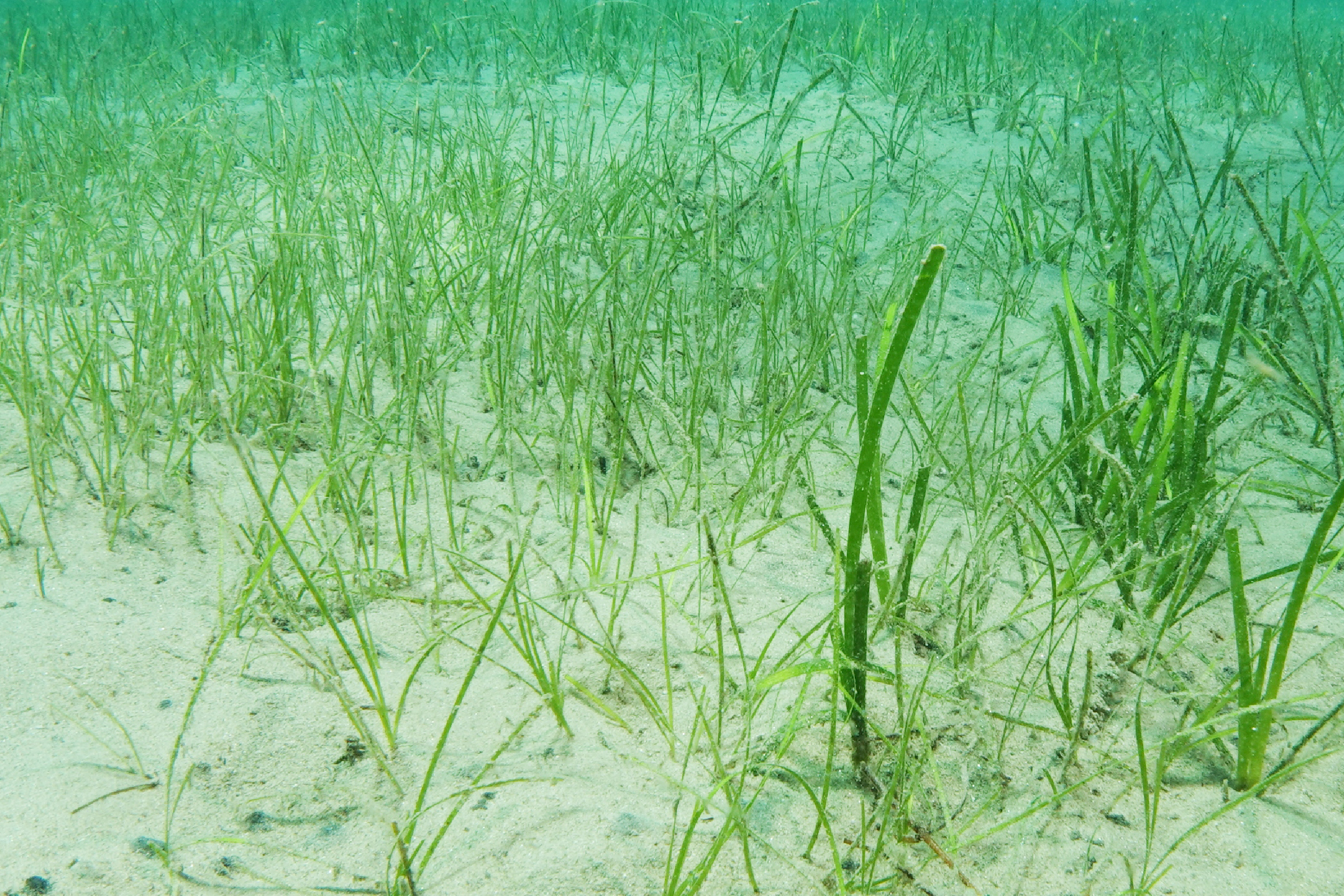News

Searching the marine plant Zostera noltei: complete the map of its distribution
Contribute to locate Zostera noltei, a marine plant whose exact distribution in the Western Mediterranean is still unknown.
07/28/2023
Zostera noltei is one of the four species of marine plants that can be found in the western Mediterranean. Unlike the other species, Z. noltei is distributed discreetly and discontinuously: its presence is limited to shallow and sheltered coastal environments, such as small bays. This particular distribution makes it especially vulnerable, as they are places exposed to anthropogenic impacts such as boat anchoring, beach regeneration, the construction of breakwaters and marinas, debris dumping, etc.
However, the study of its ecology and distribution has been much less than that of the other two most common species, Posidonia oceanica and Cymodocea nodosa, so its presence is probably quite underestimated. In fact, to date only 18 populations have been identified in the entire Spanish Mediterranean and an area of less than 2 km has been mapped, according to the Atlas of Spanish seagrass meadows.
It is urgent to know more precisely its location and distribution on our coasts, and citizen collaboration can contribute a lot. For this reason, we launched the #RetoZostera (“Zostera Challenge”).
HOW TO COLLABORATE?
Participate in the #ZosteraChallenge and contribute to mapping the distribution of Z. noltei in the Mediterranean.
- If you spend the summer on the coast, put on your diving goggles and search among the vegetation in the background. You can find it at a very shallow depth, between 1 and 5 meters. This species is visible mainly in the summer months (between July and September) and colonizes sandy bottoms of coves and bays protected from the waves.
- Download and use this guide to identify the species and learn how to take photos.
- Watch this video to learn how to better differentiate between them.
- Upload the observations to the project Seagrass meadows.
Lets collaborate!
About Zostera noltei
Z. noltei, also known as Z. noltii, is a small plant, with very thin ribbon-shaped leaves (1-1.5 mm, similar to the tip of a pencil or the thickness of a 2-cent coin) and between 5 and 25 cm tall. The underground stems, called rhizomes, are thin and delicate, greenish-white or light brown in color, from which the roots arise.
It grows in places where you can also find meadows of other species, so the localities in which they are present are of strategic importance for the conservation of marine biodiversity on our coast.
Nationally, Z. noltei is on the List of Wild Species under Special Protection Regime (Royal Decree 193/2011). It also appears in annex II of the Barcelona Convention on the protection of the marine environment and the coast, included in the list of endangered or threatened species, together with the other species of marine plants in the Mediterranean.
For all these reasons, the identification and location of their populations can help to guarantee their conservation.
